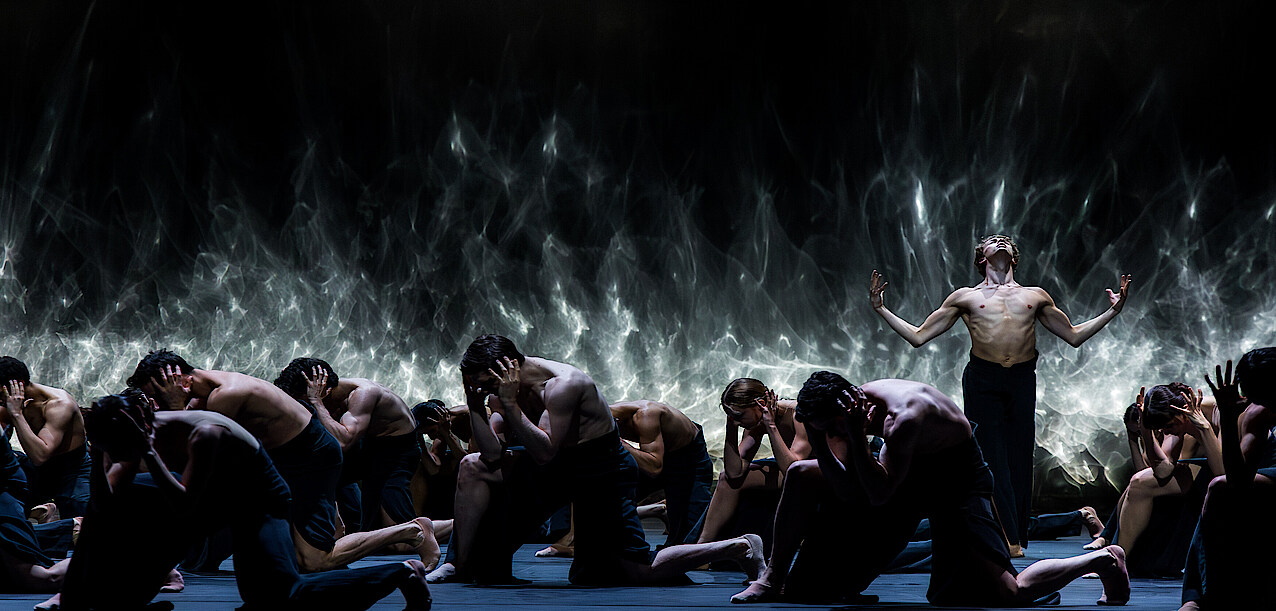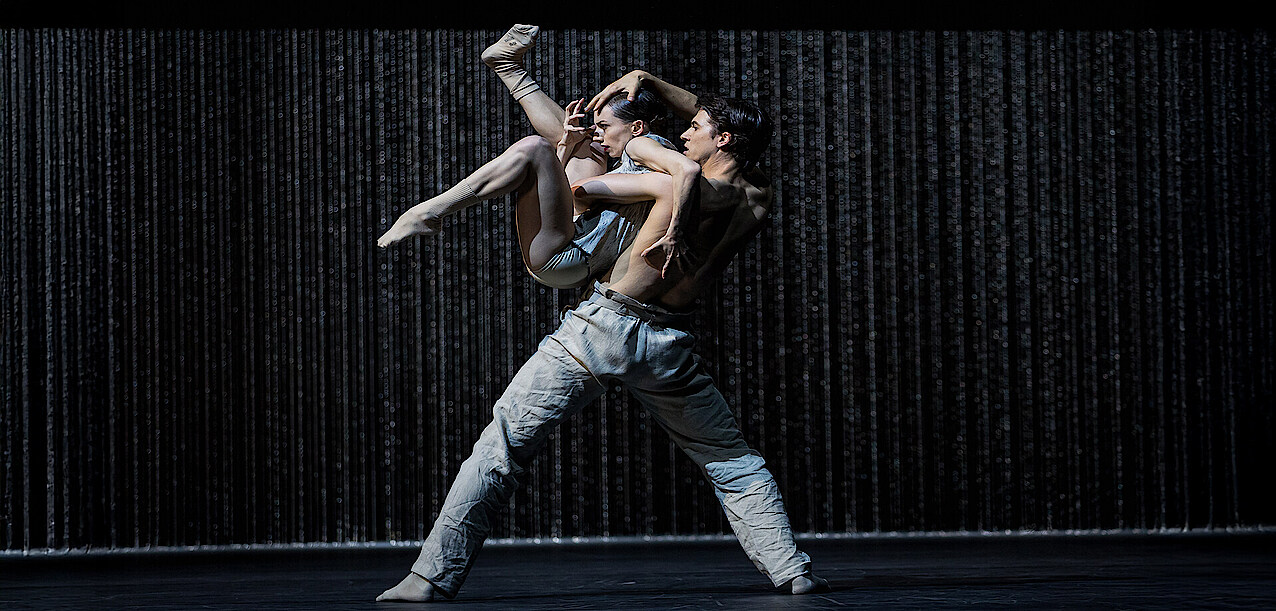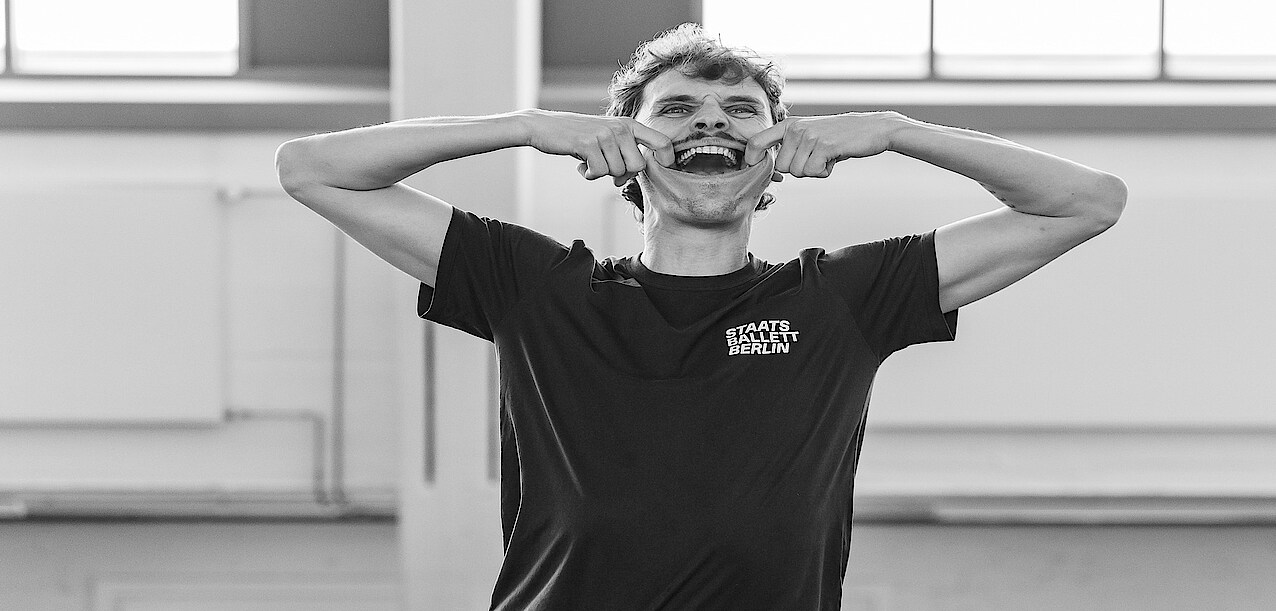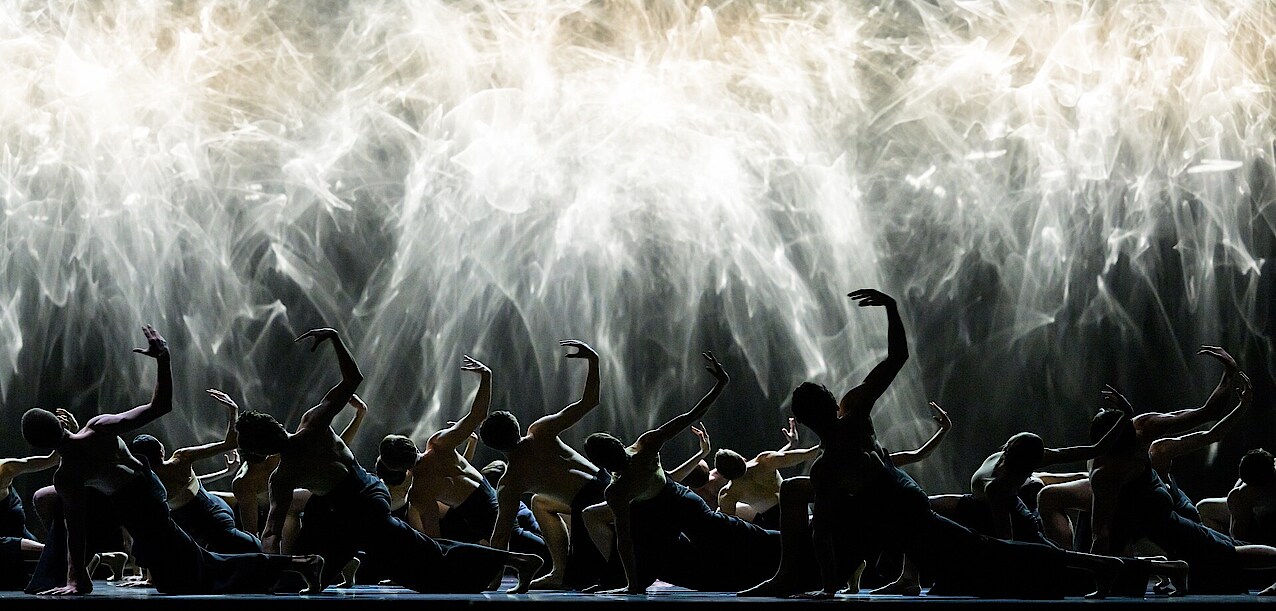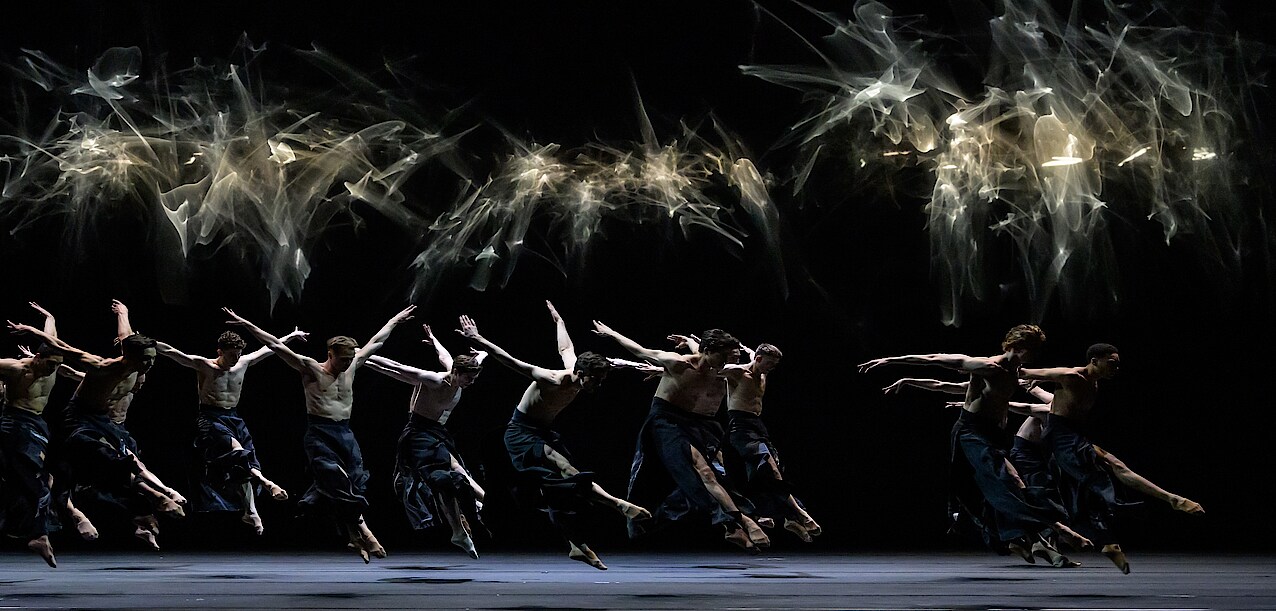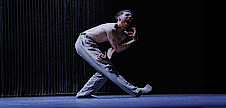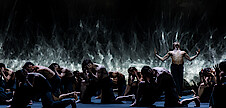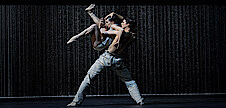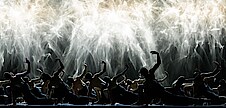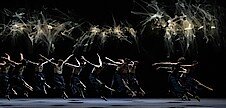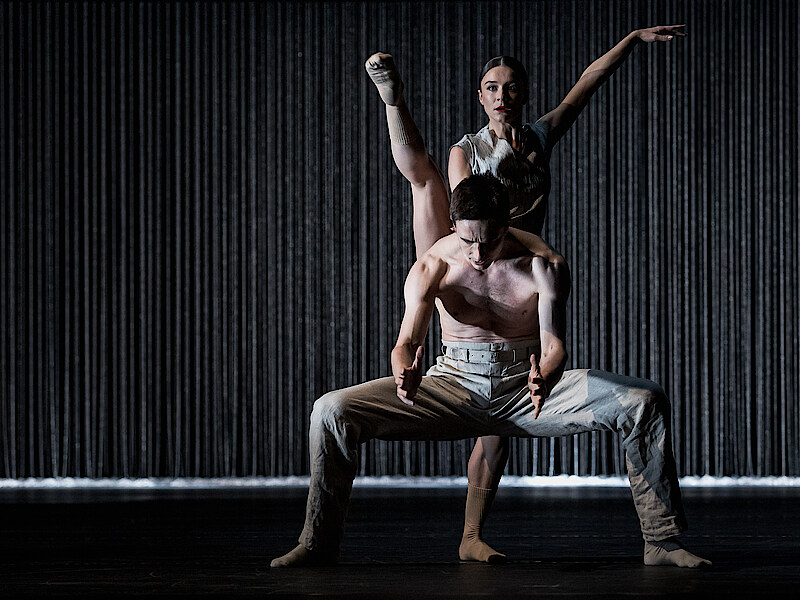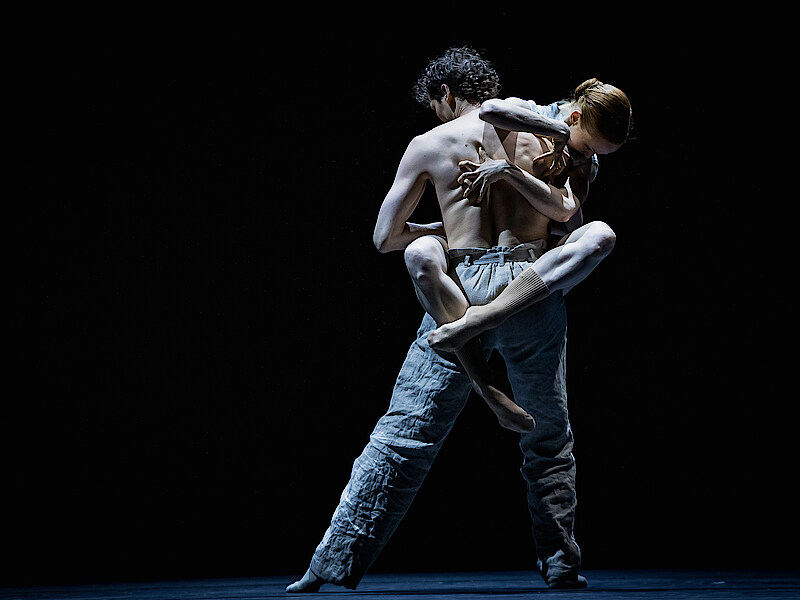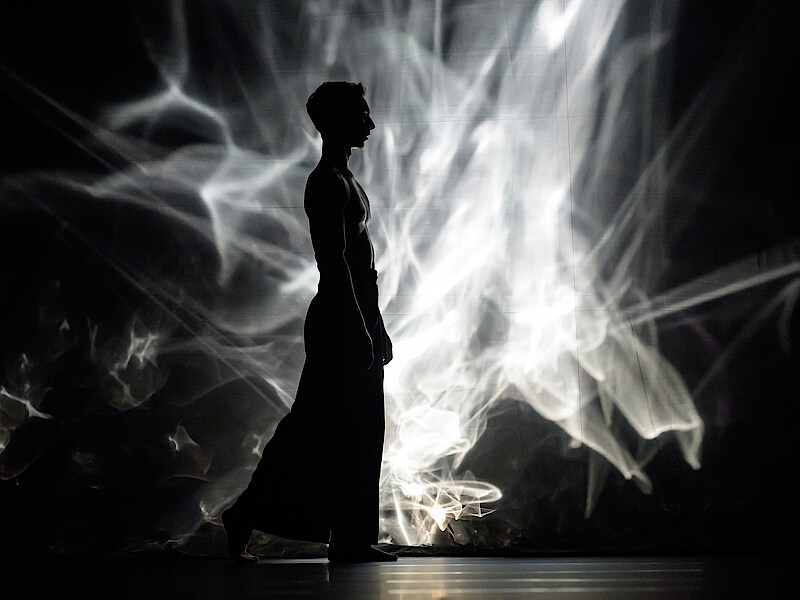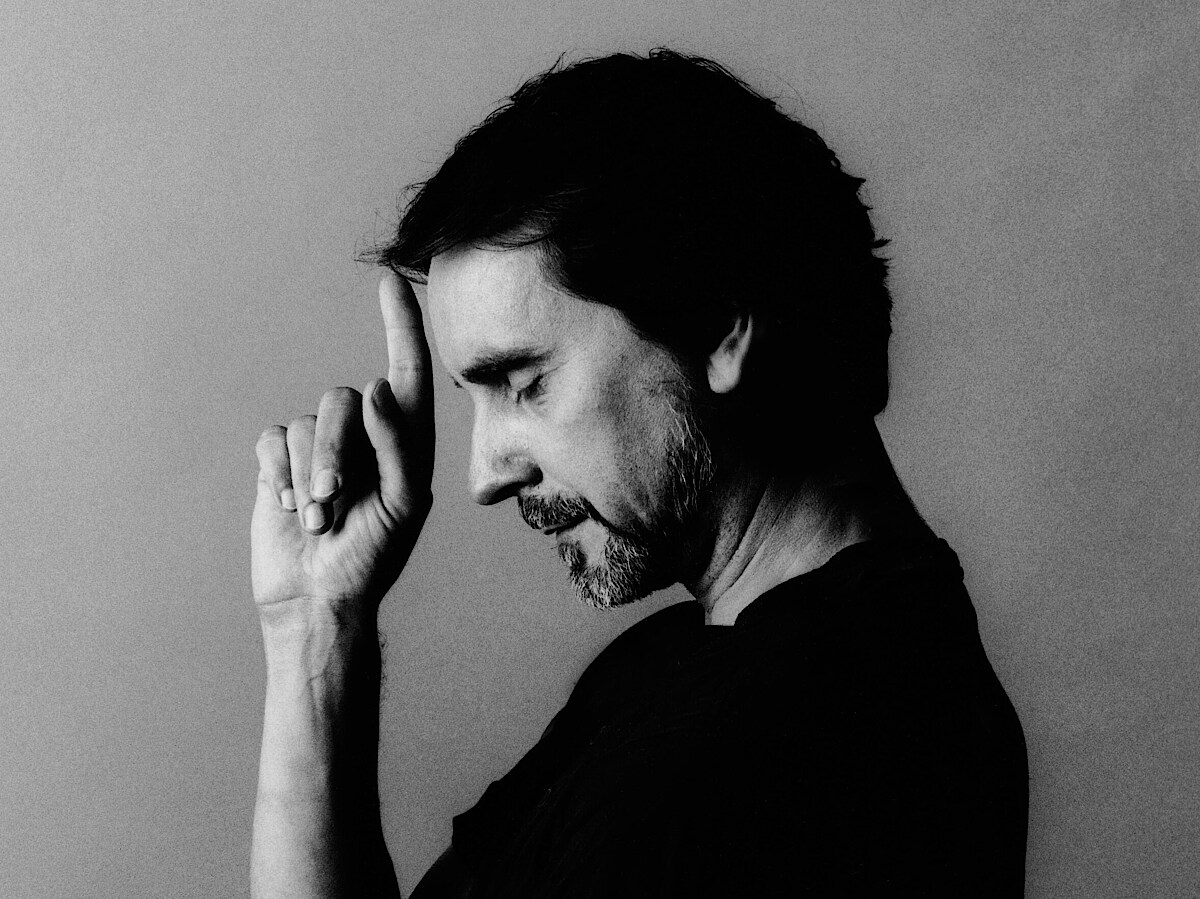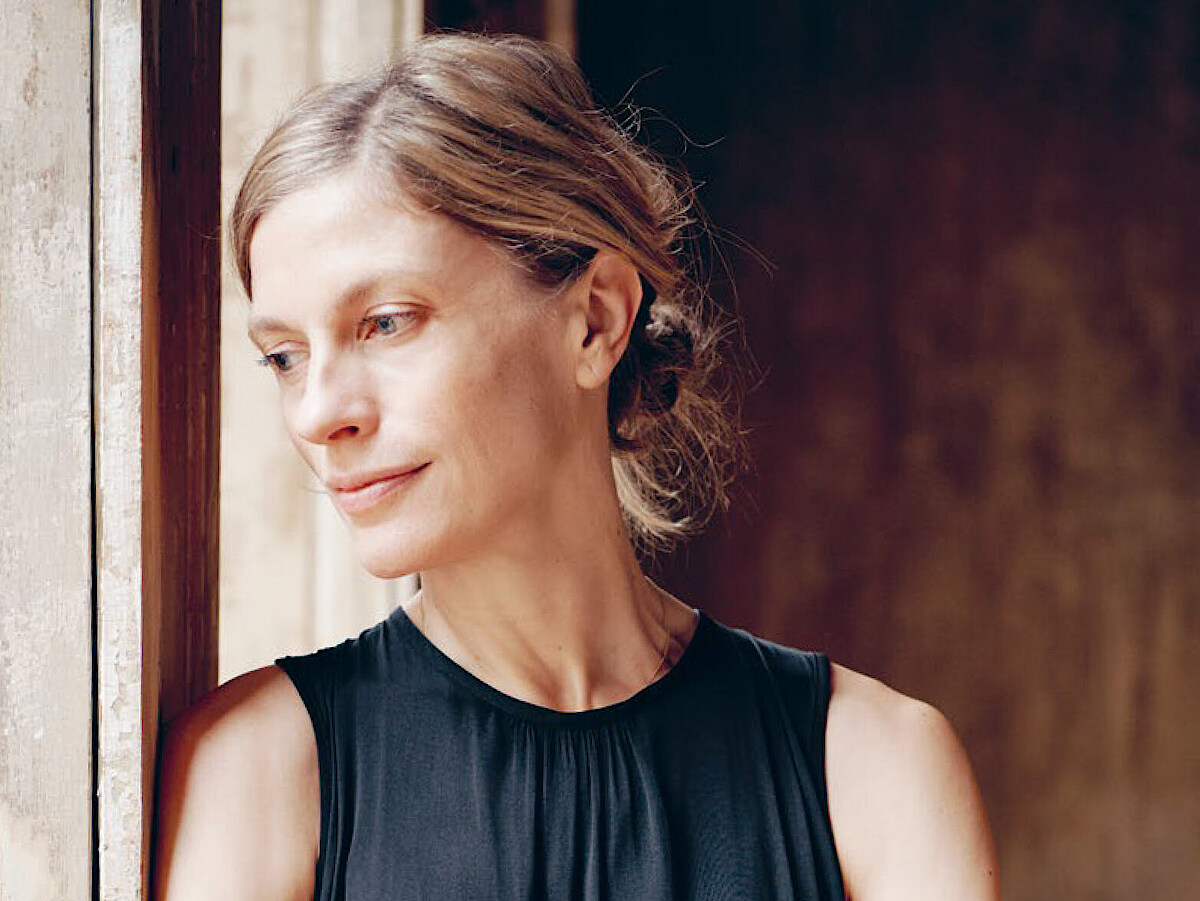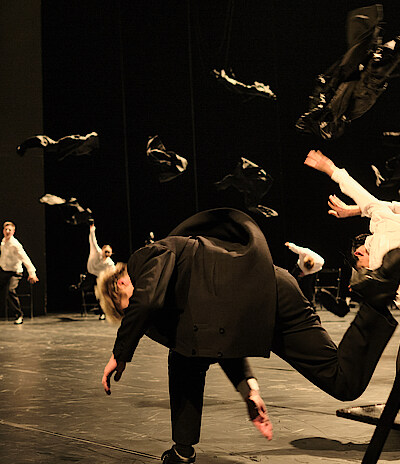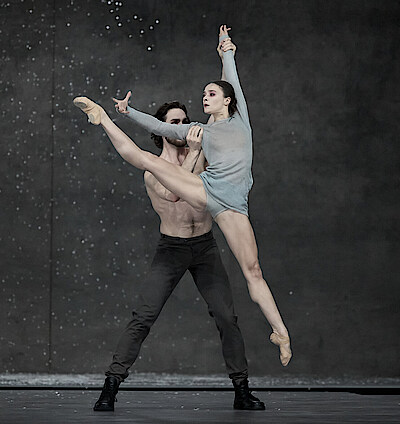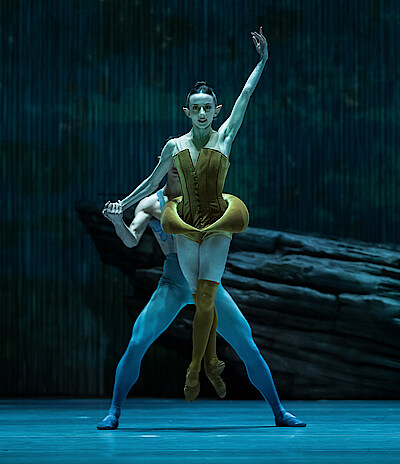
Children and young people under the age of 18 pay €10 for any seat at family performances.
Even before the performance, children and young people can prepare for their ballet visit in workshops together with their parents. These age-appropriate introductions offer insight into the storyline, allow them to get to know the characters, and include dancing short scenes from the piece. The workshop takes place two hours before the performance begins.
Registration required
Phone: 030 34 384-166
Email: contact@tanz-ist-klasse.de
«In every one of us there is most probably a little bit of a ‹God› and a ‹Dog›.»
«Gods and Dogs is a work which only addresses this phenomenon.
In all of us there is surely a certain percentage constituting animal like behavior and there is most probably another part in us which longs for higher spheres, even spirituality. And it seems to me that our task is to find some kind of balance between the two.
Gods and Dogs is not trying to look for solutions how to achieve this balance. But it could make us more aware of these facts and maybe help us realize that we all are struggling to keep the equilibrium.»
– Jiří Kylián
«I like working in a form that is always in a state of disappearing.»
Choreographer Crystal Pite in conversation
Staatsballett Berlin (SBB) How did your creation Angels’ Atlas come about? What role did the stage and the lighting design play?
Crystal Pite (CP) The impetus for the creation of Angels’ Atlas came from my partner and set designer Jay Gower Taylor. Through our last few creations, Jay has been developing a system that allows him to manipulate reflected light. Working with lighting designer Tom Visser, they've been discovering myriad ways to deliver light to a surface.
SBB Can you tell us more about the system developed by Jay that works with reflected light? How does this technique influence your artistic creation?
CP The system is analog, made of the simplest materials, yet it manifests complex, painterly images that have the illusion of depth and a sense of the natural world. There is a quality of controlled chaos about it. The light dances on a pivoting, reflective topography, creating the conditions for the unexpected to appear. For us, this wall of morphing, shifting light is a frontier, a portal, a portrait of the unknown.
SBB That sounds very philosophical. Where did the inspiration come from?
CP When I was a little kid, my uncle and my dad talked to me a lot about the cosmos. Sometimes I would experience a dizzying thrill in brief moments of embodied comprehension: it felt like I was falling within the vastness of it all. They inspired me to wonder about colossal ideas that were, and always will be, beyond my grasp and to approach great unanswerable questions with imagination and creativity.
SBB And light is a perfect medium for that?
CP Working with light in this way reminds me of that feeling of wonder and my longing to lean into the unknowable. The light looks intelligent, awesome. The chaos and beauty of it make me feel small in a thrilling, destabilized way. Small, in the face of unanswerable questions about things like love, death and the infinite.
SBB Dance is often described as an ephemeral art form. How do you see parallels between the movement of light and the art form of dance?
CP The movement of the light is mercurial and ephemeral in the same way that choreography is. It reminds me of something the writer and critic Max Wyman said about dance: «It is an artform that simultaneously defines and defies the ephemerality of existence. We have nothing but the body, and soon enough we will not even have the body. But it is that physicality that speaks so eloquently about the implications of mortality and at the same time voices our defiance. No other artform speaks so directly about the fragile, temporary quality of life, or about the human instinct to transcend those bonds and aim for that perfect moment of self-realization. »
SBB The quote sounds wonderful. How does this concept of transience integrate into your artistic work? What do you aim to evoke and achieve with the choreography?
CP I like to think of the body as a location, a place where being is held and shaped. In this way, dance gives form to the unknown. In the dancing body, the unknown appears as something both familiar and extraordinary. We might possibly catch a glimpse of something eternal. But both the dancers and the dance are temporary: their beauty resonates with meaning because of their impermanence. This is potent for me. I like working in a form that is always in a state of disappearing.
SBB How do you manage to create meaning beyond transience in an art form that constantly disappears?
CP I am trying to create something that speaks of our impermanence and ‘voices our defiance’ as Wyman says. Something that evokes a fierce pulse of life. The ephemeral part will take care of itself.
Quoted from the Ballet Paper No. 2, the interview was conducted by Katja Wiegand.
